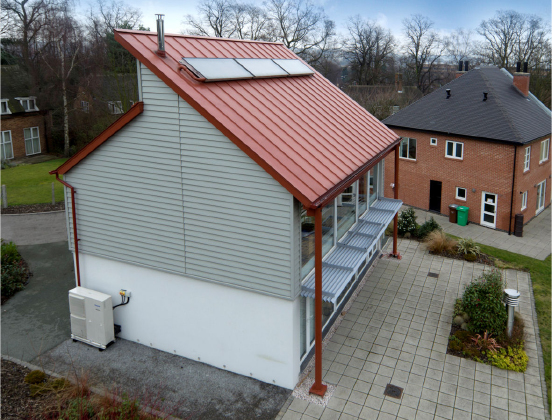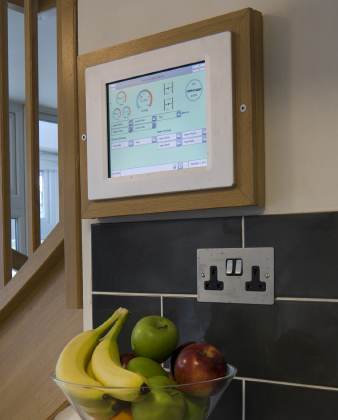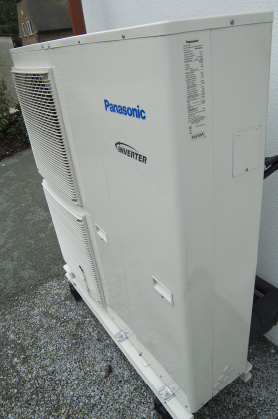BASF House



Cool Planet has retrofitted Panasonic’s pioneering Aquarea air-to-water heat pump technology at this showcase home for housing innovation and energy efficient design.
The aim of the Creative Homes Project is to demonstrate compliance with the Code for Sustainable Homes using low energy principles from the PassivHaus standard. As one of seven homes constructed on Green Close, near Nottingham University’s Department of the Built Environment, the BASF House allows assessment of various low carbon and renewable energy technologies, providing the University with invaluable performance data. With its eco-efficient house, BASF demonstrates its competencies as one of the leading providers of products, systems and solutions for sustainable construction.
Following the completion of testing on a biomass boiler, Cool Planet installed a 9 kW Aquarea monobloc unit in the BASF House in spring 2011. The installation was completed quickly and efficiently, without Cool Planet even having to change the property’s hot water cylinder.
“I’ve really enjoyed working with the partnership of Panasonic and Cool Planet on this retrofit project” says Gill Kelleher, Project Manager for the BASF House. “From day one they’ve got to grips with the unique technical challenges and installed a simple to understand and operate ASHP (Air Source Heat Pump) solution whilst not forgetting to give outstanding customer service that everyone expects from a company like British Gas”. The Aquarea unit is proving itself an efficient performer. It serves the 2-storey dwelling’s wet radiator system and is capable of raising the water temperature within the hot water cylinder from 27oC (typical overnight standing temperature) up to 43oC (typical acceptable hot water temperature) within 1 hour.
Because it uses air as the energy source, Aquarea also sets the standard for air-to-water heat pump energy efficiency. It can provide fuel bill savings of up to 78% compared to direct electric heating. The system generates a COP of 4.74 which means that for every kW of electricity consumed, it returns 4.74 kW of energy, i.e. 3.74 kW more than a conventional electric heating system which has a maximum COP of 1. Post graduate students living in the BASF House are able to monitor and control the operation of the Aquarea system through a special touch-panel Web-brick display interface.
Xiaofeng Zheng, Nottingham PhD student, adds “We’re very impressed with Panasonic’s Aquarea air-to-water heat pump. We were surprised at both its intelligence and ability to make our life as tenants easier. I can’t believe how quiet and easy it is to control.”
Panasonic’s Aquarea is the most comprehensive, versatile and cost-effective range of air-to-water heat pumps on the market. It features heat pumps from 7 to 16 kW, single and three-phase alongside stand-alone and split-units. These high-efficiency heat pumps are designed to operate at outside temperatures as low as –20°C, and also provide cooling in summer.
Three versions are available. The Standard Heat Pump, as installed at the BASF House, the High Temperature Heat Pump (water output temperature of 65°C) and the Aquarea T-CAP (T-CAP for Total capacity) which is able to provide heating and hot water, whilst keeping the same nominal capacity, even at -15°C.










































